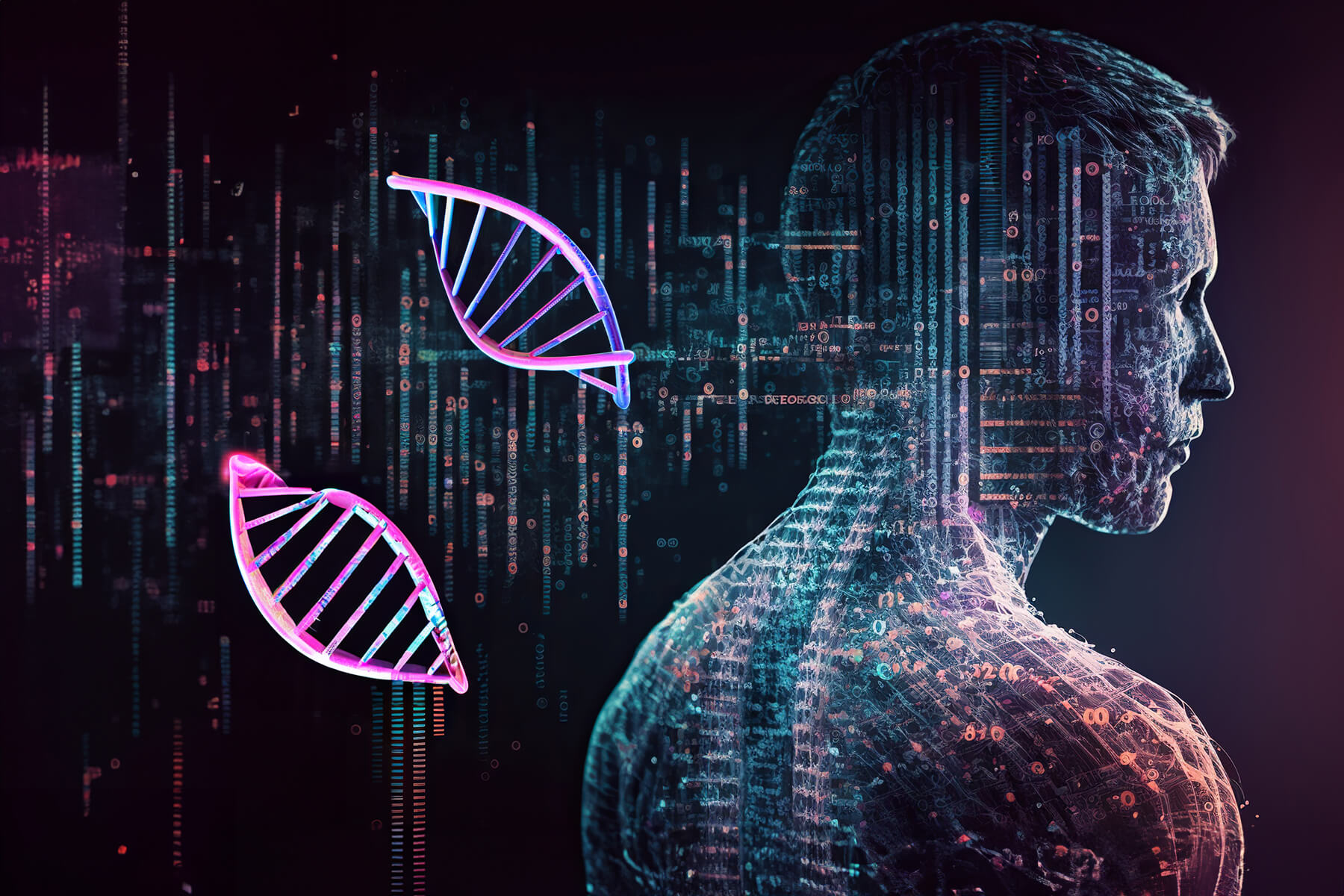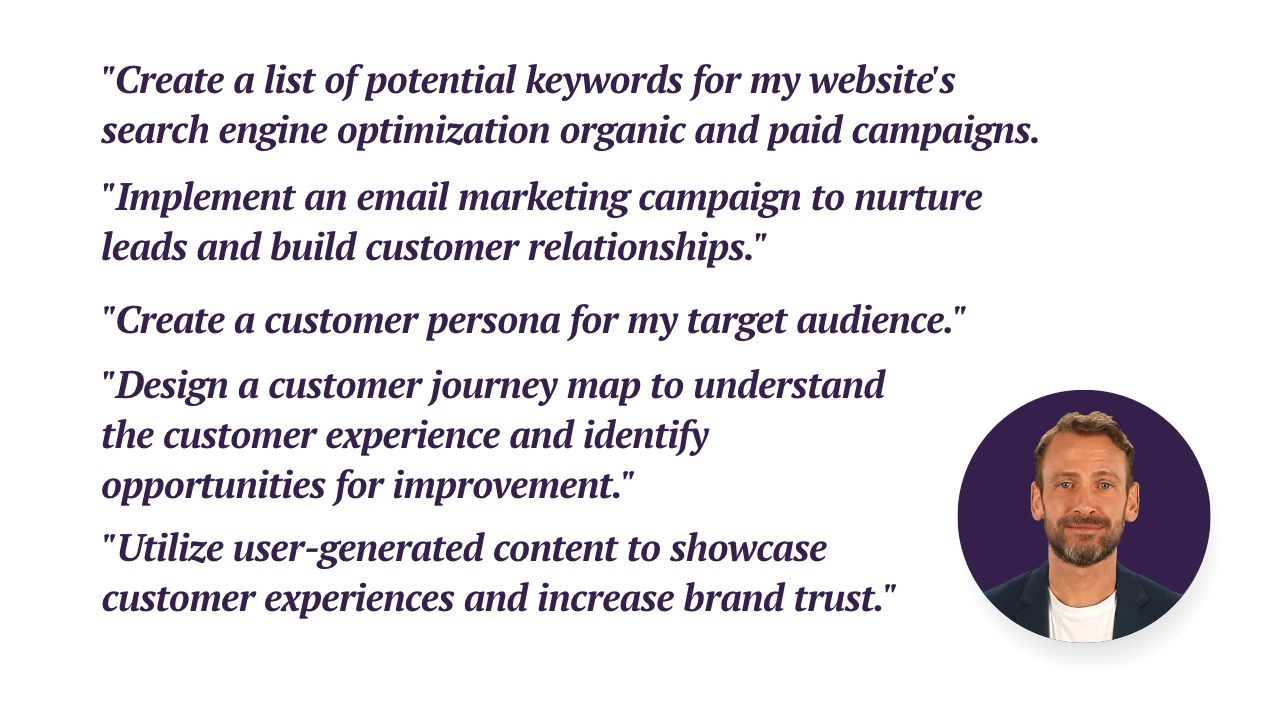-

Beeple, Anadol, and AI: Unraveling the Copyright Enigma in the Digital Age
As artists chart the vastness of public data and as AI matures to mimic iconic styles, the art sector is challenged with evolving definitions of originality and copyright.
-

7 Challenges Facing the Electric Vehicle Industry
From the first Model T’s humble 40-mile range to modern EVs striving for over 300 miles, the automotive industry showcases a history rich with innovation. As we cruise into 2024, we trace the challenges that have punctuated this journey and the pioneering spirit propelling us forward.
-

Self-Identity 2.0: A Dive into Biometrics, AI, and the Future of Personal Identification
Dive into the dawn of Self-Identity 2.0, where biometrics and AI intertwine, paving the way for a future where our eyes might just be the key to everything.
-

The Future of Medicine: Unveiling AI’s Impact on Drug Discovery and Personalized Treatments
The fusion of GitHub, AI, and the pursuit of individualized solutions heralds a transformative period for personalized medicine. In this new era, technology enthusiasts and medical professionals collaborate, aiming to craft treatments tailored to individual needs. This synergy showcases the power of combined technology and healthcare to offer innovative and bespoke health outcomes.
